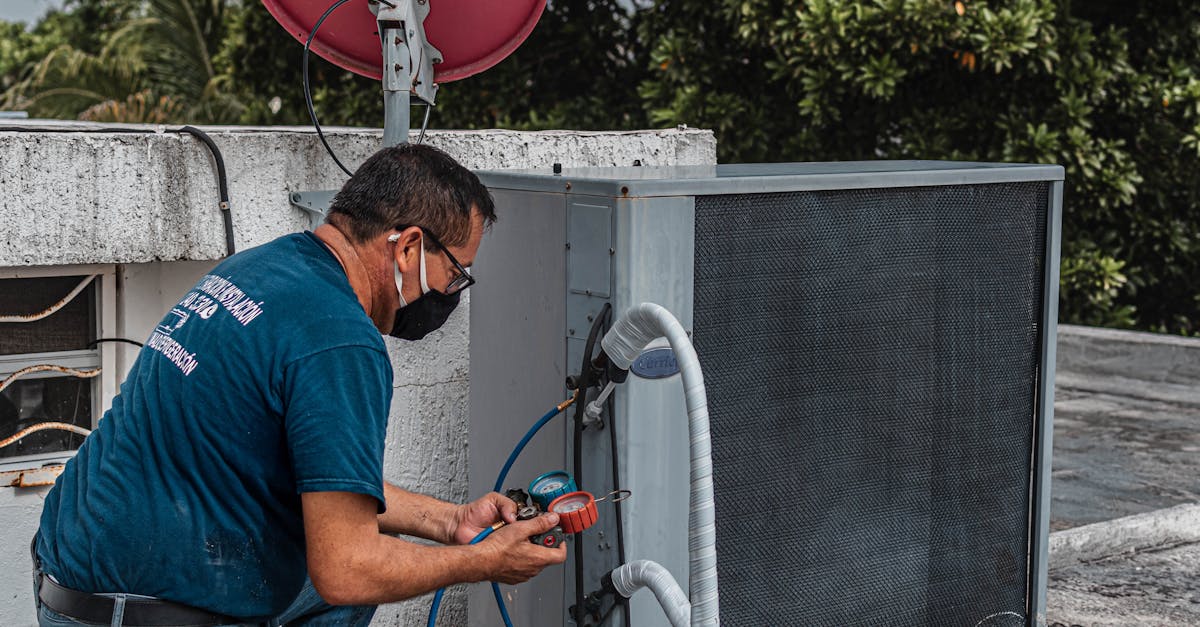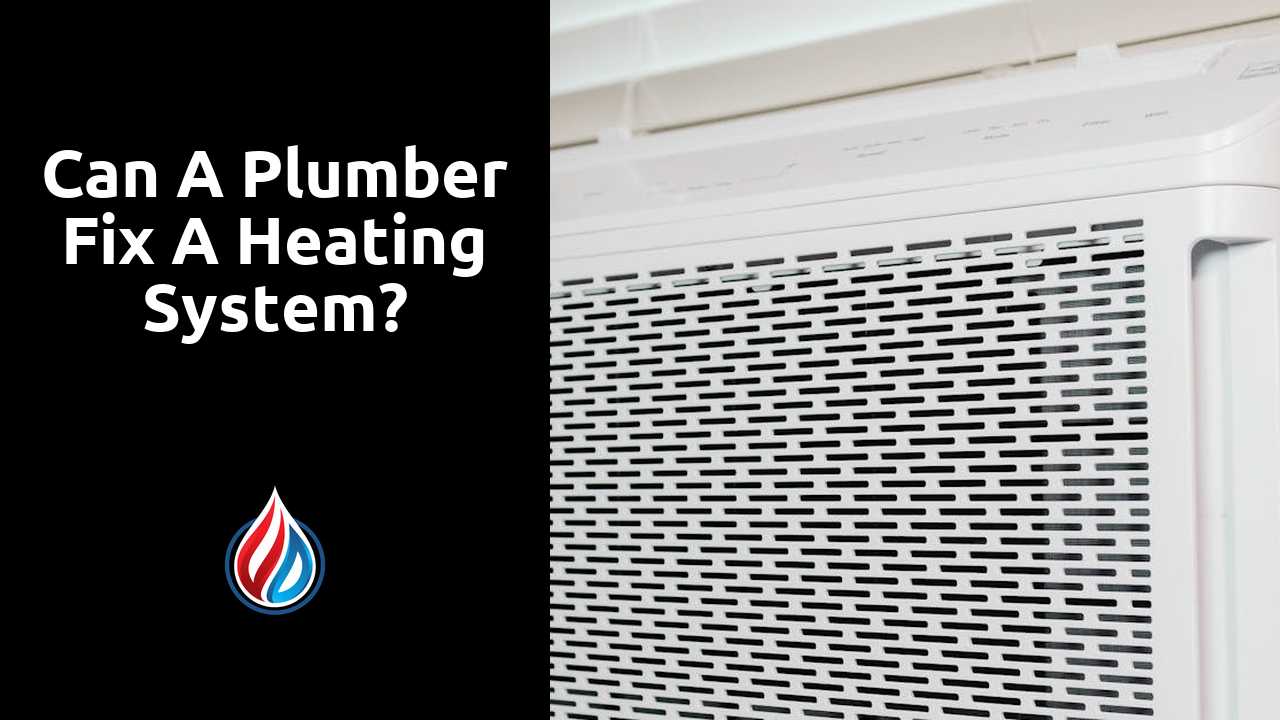
Table Of Contents
Energy Efficiency and Savings
Radiator heating systems are designed to provide efficient warmth while keeping energy consumption under control. By utilising modern technology, such as programmable thermostats and high-efficiency boilers, these systems significantly reduce energy waste compared to traditional heating methods. Investing in an energy-efficient system can lead to noticeable reductions in energy bills over time, making it a financially sound choice for many homeowners.
The energy savings do not solely stem from the system's efficiency but also from proper maintenance and timely Heating System Installation and Repair. A well-maintained radiator system can operate at peak performance, ensuring that heating demands are met without overconsumption of energy. Regular inspections and servicing help identify potential issues that could lead to inefficiencies, ensuring that the system remains both effective and cost-efficient throughout its lifespan.
Long-term Cost Benefits
Investing in a radiator heating system can yield significant long-term savings. Although the initial installation costs can seem daunting, the energy efficiency of modern radiators often leads to lower utility bills over time. Once installed, these systems require minimal ongoing maintenance, further reducing long-term costs. Therefore, homeowners can experience considerable financial benefits as energy rates fluctuate.
Moreover, the durability of radiator systems contributes to their cost-effectiveness. Quality materials can withstand the test of time, reducing the need for frequent replacements or extensive repairs. When considering the overall financial impact, it's essential to factor in costs associated with Heating System Installation and Repair, as a well-maintained system will ultimately incur fewer expenses. This long-term approach to budgeting allows homeowners to achieve not only comfort but also financial stability.
Choosing the Right Radiators
Selecting the right radiators is crucial for ensuring the efficiency and effectiveness of your heating system. Different types of radiators, including panel, column, and towel warmers, offer various advantages depending on the space they will occupy. Consider factors such as the size of the room, the desired heat output, and the aesthetic appeal when making your choice. Additionally, investigating compatibility with your existing heating system is essential for optimal performance.
Different materials and sizes impact both the initial cost and long-term functionality of your system. For instance, steel radiators tend to heat up quickly and are cost-effective, while cast iron models provide robust durability and a traditional look. It is also important to consult professionals for Heating System Installation and Repair to ensure that your selected radiators fit seamlessly within your overall heating setup. Proper installation can lead to increased energy efficiency and contribute to lower heating bills over time.
Materials and Sizes
When considering radiator heating systems, the materials and sizes of radiators play a pivotal role in both performance and cost. Common materials include cast iron, steel, and aluminium, each offering distinct advantages in terms of heat retention and efficiency. Cast iron radiators are known for their durability and ability to retain heat for extended periods, while steel radiators often provide a more modern aesthetic. Aluminium radiators heat up quickly and are lightweight, making installation easier. Choosing the right material can significantly impact the energy efficiency of the system.
Size is equally crucial, as radiators need to be appropriately sized for the room to ensure optimal heating. Oversized radiators may lead to unnecessary energy consumption, while undersized units may not provide adequate warmth. Accurate calculations based on room dimensions, insulation quality, and window types are essential during the design phase. This is where professional help for Heating System Installation and Repair can be invaluable, ensuring that the system functions according to its intended specifications and contributes to overall energy savings.
Regional Variations in Pricing
The cost of installing a radiator heating system can vary significantly based on regional factors. Urban areas often experience higher prices due to increased demand, higher labour costs, and elevated costs for materials. On the other hand, rural regions may see lower overall expenditures, though options for skilled tradespeople might be limited. Local housing standards and the cost of living can further influence these variations, contributing to differences in installation prices across the country.
In addition, local market influences play a crucial role in determining overall costs for Heating System Installation and Repair. Areas with a robust construction market may offer competitive pricing due to a larger pool of professionals and suppliers. Conversely, regions where such services are less prevalent may face inflated costs. Understanding these regional differences can help homeowners make informed decisions when planning their radiator heating system investment.
Local Market Influences
Local market influences can significantly impact the cost of radiator heating system installation. Factors such as local demand, availability of skilled tradespeople, and the prevalence of suppliers all contribute to variations in pricing. In areas where the demand for heating system installation and repair is high, costs tend to rise. Conversely, in regions with a competitive market, homeowners may find more attractive prices due to increased competition among contractors.
Additionally, economic conditions in the locality can affect costs. For instance, fluctuations in the housing market and regional economic stability can influence how much residents are willing to invest in home improvements, including heating system installation and repair. Local regulations and incentives for energy-efficient upgrades can also play a role, enticing homeowners to embrace modernised heating solutions that might otherwise appear costly.
FAQS
What is the average cost of installing a radiator heating system?
The average cost of installing a radiator heating system can range from £2,000 to £5,000, depending on the size of the property, the type of radiators chosen, and any additional plumbing or electrical work required.
Are radiator heating systems energy efficient?
Yes, radiator heating systems can be energy efficient, particularly when combined with modern boilers or renewable energy sources. They can provide effective heating without excessive energy consumption, leading to potential savings on energy bills.
How do I choose the right radiators for my home?
To choose the right radiators, consider factors such as the size of each room, the heat output required (measured in BTUs), and the aesthetics you desire. It's also important to evaluate the materials and sizes available to ensure they meet your heating needs.
What materials are commonly used for radiators?
Common materials for radiators include steel, aluminium, and cast iron. Each material has its own benefits in terms of heat retention, responsiveness, and cost, so it’s important to choose one that aligns with your heating requirements and budget.
Why do installation costs vary by region?
Installation costs can vary by region due to factors such as local labour rates, availability of materials, and market demand. Urban areas may have higher labour costs than rural regions, which can affect the overall price of installing a radiator heating system.


